DIRECTOR’S MESSAGE
e’ve made it through the hardest part. And it would appear that good things do, in fact, come in threes: Businesses are open, masks are off, and the summer construction season is well underway in Alaska.
With the passage of the American Rescue Plan Act and the impending boost in federal infrastructure funding, our government officials are looking at a major opportunity to inject some much-needed life into the state’s economy. But along with this opportunity comes an important set of questions and answers that will surely have some major implications. Among them: How should this funding, to the tune of just over $1 billion, be allocated?
Advocating for shrewd investment in private industry has always been—and will always be—one of our primary motivations at AGC of Alaska.
This is not the time to “grow government.” Burning a one-time payment in an attempt to correct a long-standing issue feels like an outright misappropriation of relief—especially during a time of economic hardship.
That’s why at the beginning of May, we wrote to Governor Dunleavy and the legislature, requesting their active engagement with industry organizations like ours to develop a strategic plan that works for Alaska. We also urged our elected officials to give priority to private-sector construction projects, legacy projects, and industry-related recruitment and job training.
We believe this approach will not only benefit our immediate situation, but also preserve our way of life for future generations of Alaskans and construction workers. In 2019 alone, Alaska’s construction industry:
- employed 24,000 workers—representing 5 percent of all Alaska wage and salary workers
- paid $2.3 billion in wages, salaries, and benefits
- supported 42,000 jobs including direct and indirect impacts
A lot of people in our industry were concerned when the Biden administration announced it would be halting new oil and gas leases on federal lands and waters. And of course, we continue to support and work closely with our members operating in the oil and gas industry, helping them navigate the seemingly ever-changing policies, not dissimilar to those surrounding COVID-19.
Dependable energy from coal and other fossil fuels remains vital to so many communities still struggling through the pandemic. And especially with oil prices recovering in Alaska, the oil and gas industry is simply invaluable to our economy for so many key functions, from employing thousands of Alaskans to providing funding for our state budget.
It is going to take a group effort from all of Alaska’s most important industries to get us back on track.
But whether you’re in favor of the new administration’s energy priorities or not, there is a silver lining to all of this: new opportunities are coming to construction, especially in Alaska, where we have an abundance of water, wind, and other renewable resources just waiting to be harnessed.
From the infrastructure involved in building a wind turbine to the labor required to install and maintain solar panels, construction is front and center. These opportunities can have a positive effect on our industry, while diversifying our state’s revenue in the process.
While some of the ways that renewable projects’ reliance on our industry are obvious, others might not be. Take it from Senator Lisa Murkowski, “We had a lot of opportunity since the early days of the COVID-19 pandemic to really appreciate in real-time how reliant we are as a nation on other countries for some very important goods and products. That experience has been a good reminder, I think, that much of what makes modern life possible from cell phones to laptops for Zoom meetings to the electricity that keeps everything running—all of this comes from minerals.”
These were her words during an episode of the podcast “Murkowski’s Message,” where she discussed both the growing demand for rare earth metals as well as the United States’ foreign dependency on them.
The new administration’s attitude toward energy development offers the construction industry a chance to double down on mining projects, while helping wean the country off its foreign dependency.
Alaska’s construction and mining industries have always been strong partners, and this won’t change any time soon. AGC members and the rest of the construction industry should keep an eye on exploration and development projects like the Graphite One Project, the Upper Kobuk Mineral Projects, and the Palmer Project, among others on the horizon.
Should they move from the development stage to permitting, all of these projects will have serious infrastructure needs—and our industry needs to be ready to answer their call.
